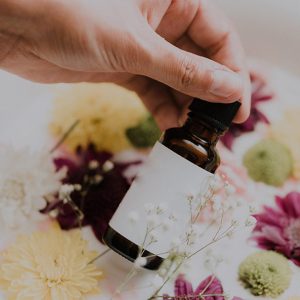Reportedly, there are about 2 billion hair loss sufferers worldwide, with over 100 million in the United States alone. The phenomenon of hair loss has grown over 10 times in comparison to 20 years ago. According to Baidu Index statistics, the word “hair loss” was searched 1,266 times per day in June 2020, showing that people are highly concerned about hair loss. It is necessary to understand hair loss-related knowledge.
Two Types of Hair Loss
We can simplify hair loss into two categories: physiological and non-physiological hair loss. Physiological hair loss usually happens naturally with a daily loss of 50-60 strands of hair. Even if there is an excessive amount of hair loss, it is usually during a special period, such as postpartum or infancy, and it typically returns to normal after the period. Non-physiological hair loss is usually caused by pathological reasons that result in a large amount of hair loss, with over 100 strands of hair falling daily. When our daily hair loss exceeds 100 strands, we should take hair loss issues seriously.

Smart Ways to Determine Hair Loss Types
The manifestation of non-physiological hair loss is usually when the daily hair loss number exceeds 100 strands, which is the basis of determining our own hair loss type. Below are three simple ways to determine the hair loss type.
Firstly, the hairline is noticeably receding or there are large chunks of hair loss on the scalp (alopecia areata).
Secondly, using moderate force, pinch the roots of a bunch of hair with the thumb, index, and middle fingers, pulling it outward along the direction of hair growth. Normally, 2-5 strands of hair that are about to reach the end of their lifespan can be pulled out. It is recommended not to wash the hair the day before this test and to avoid pulling too hard.
Thirdly, insert five fingers into the root of the hair and then pull slowly in the direction of the hair’s growth. If the amount of hair loss is no more than 10 strands, it can be considered a normal phenomenon.
Methods of Relieving Hair Loss
The first method is to use hair care products with hair growth (anti-hair loss) effects.
The second is to maintain a joyful mood. According to statistics, many hair loss sufferers are under immense mental pressure when experiencing hair loss. Mental stress is considered the main factor other than genetic factors that can trigger alopecia areata.
The third is to protect the scalp barrier function. In daily life, we should protect our sensitive scalp and fragile hair as much as possible. Try not to exert too much force when pulling or scratching the scalp and avoid tying hair tightly for a prolonged period. It is best to avoid using plastic combs as the static produced by them can stimulate hair follicles. When selecting hair care products, avoid choosing overly effective products as excessive cleaning may cause damage to the sebum film, thereby stimulating hair follicles and causing hair loss.

The fourth is to supplement nutrients reasonably. It is recommended to have a balanced diet, consume adequate protein and trace elements to ensure sufficient nutrition.
The above methods can only relieve and alleviate hair loss. When hair loss is severe, or the cause and relief methods are unknown, seek medical treatment promptly.








